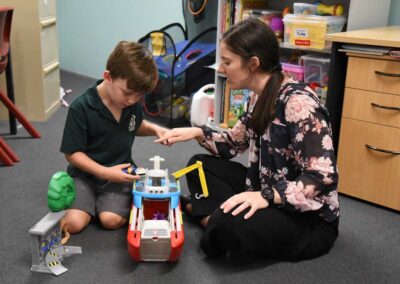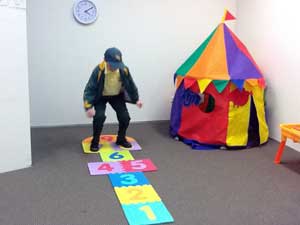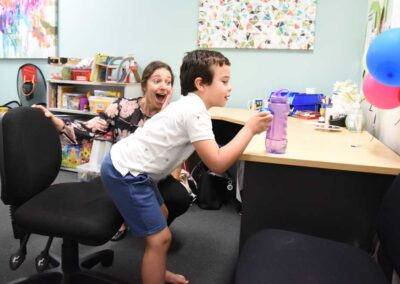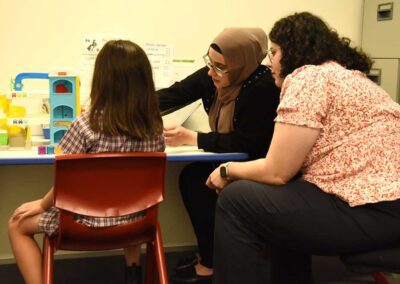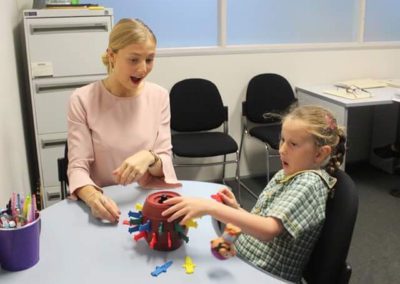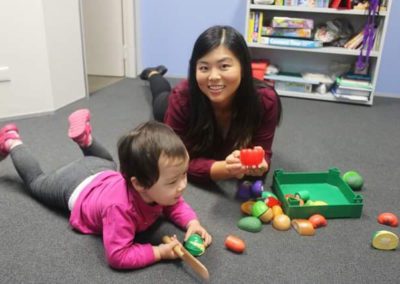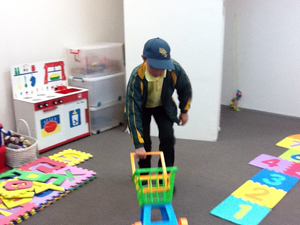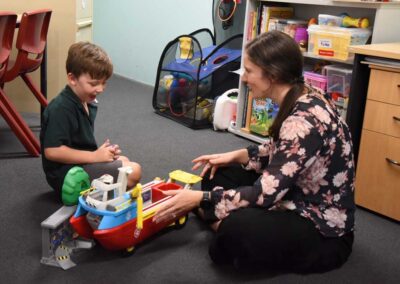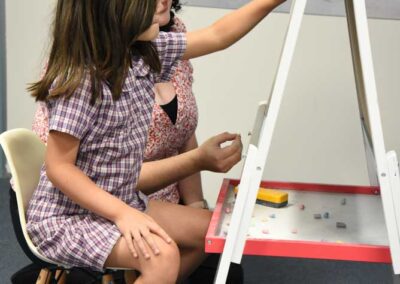 Social interactions can be complex – full of unspoken rules, shifting expectations, and subtle cues. For some children, especially those who are neurodivergent, these social expectations can feel overwhelming or confusing. But with consistent support and affirming strategies, social skills can be nurtured in ways that feel safe, empowering, and authentic.
Social interactions can be complex – full of unspoken rules, shifting expectations, and subtle cues. For some children, especially those who are neurodivergent, these social expectations can feel overwhelming or confusing. But with consistent support and affirming strategies, social skills can be nurtured in ways that feel safe, empowering, and authentic.
Whether you’re a parent, teacher, or therapist, the good news is: You don’t need a formal classroom or structured therapy session to support social growth. Many of the most meaningful social learning opportunities happen in everyday life.
Here are three practical, strength-based strategies you can start using today.
1. Scripting: Practice Makes Confidence
Scripting involves teaching or creating simple phrases or sentences a child can use in common social situations. These can be practiced ahead of time and used as a tool when the moment arises.
Why it helps:
Scripting provides predictability and reduces anxiety. When a child knows what to say, they feel more prepared and less overwhelmed in unfamiliar or tricky social situations.
Try it for:
- Greeting someone new
- Asking to join a game
- Responding to compliments or criticism
- Asking for help or clarification
Example:
Before heading to a birthday party, you might say:
“If someone says ‘Hi!’ to you, you can say ‘Hi! It’s good to see you!’ back. Want to practice that together?”
Make it fun, low-pressure, and optional – not forced. Over time, the script may evolve into something uniquely theirs.
2. Role-Playing: Play with a Purpose
Role-playing involves acting out social situations in a safe, playful setting. You can take turns being different characters and switch roles to see things from different perspectives.
Why it helps:
It builds confidence, perspective-taking, and flexible thinking. Plus, it can help kids “pre-experience” situations, which can make the real-life version feel more familiar and less stressful.

Try it for:
- Practicing conversation starters
- Dealing with conflict
- Navigating group activities
- Handling mistakes or misunderstandings
Example:
Pretend you’re a friend at school and say, “Can I play with you?” Let the child respond, and then switch roles. You might even use stuffed animals or toys to keep it light and fun.
3. Visual Supports: Make the Invisible Visible
Visual supports include tools like social stories, picture schedules, cue cards, or comic strip conversations that help clarify social expectations and routines.
Why it helps:
Many kids – especially visual learners – benefit from seeing information laid out in a clear, concrete way. Visuals can also serve as gentle, non-verbal prompts in the moment.
Try it for:
- Explaining routines (like taking turns or raising a hand)
- Walking through new or stressful situations (like dentist visits or team sports)
- Supporting emotional regulation (e.g., a “what to do when I’m upset” chart)
Example:
Before a playdate, use a visual story to outline what might happen: “First we say hello, then we play a game, then we clean up, then we say goodbye.” You can even co-create visuals with the child – this can give them a sense of ownership and reduce resistance.
Remember: Affirmation Over Correction
The goal of social skills support isn’t to “fix” a child or make them fit into rigid moulds. It’s to help them feel confident, connected, and accepted – while honouring their unique communication style, sensory needs, and boundaries.
- Praise effort, not perfection.
- Highlight progress, not performance.
- And most importantly: Celebrate authenticity over conformity.

